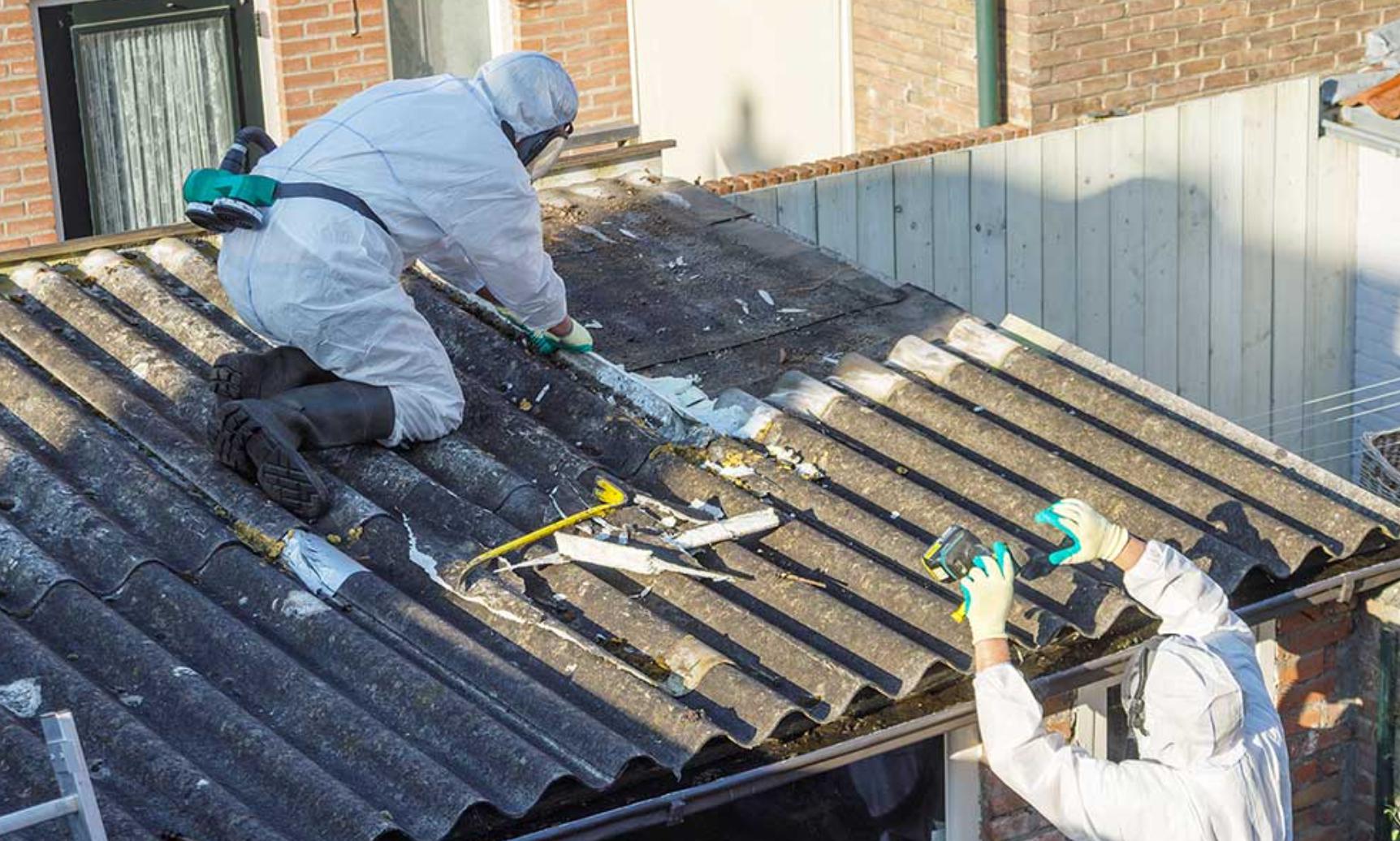Asbestos: 4 considerations your inspector follows when testing for it
- Written by NewsServices.com

Asbestos was an incredibly popular building fibre in the 1980s because of its chemical, fire and heat-resistant properties. However, we now know that it poses a serious health threat, potentially causing a raft of illnesses including asbestosis and cancer. When buying a property, a pre-purchase building inspector can let you know if there’s likely asbestos present, but you may need to have independent inspections done.
With this in mind, here are four imperative considerations your inspector will make when removing this nasty mineral:
-
They will conduct an asbestos sample
Sometimes, simply viewing the property isn’t enough to see if the hazardous mineral is present. For this reason, inspectors undergo thorough asbestos sampling to see whether the property contains it or not. It is highly recommended to have your property tested in order to sample the materials.
-
They will inspect the materials used in your building
Your inspector will conduct thorough checks to see if your home or commercial property contains the hazardous mineral. If the construction was completed before the 1980s then it is incredibly likely the property contains the mineral and it is best to have it removed before it can degrade.
What’s more, even if your property is new it is still a good idea to inspect it for the mineral, as new buildings can sometimes contain recycled materials consisting of the mineral.
Where do they locate the mineral?
To be able to detect it within a construction, inspectors are trained to know where it is typically located. It is usually located in materials including:
-
Cement sheets: Which are usually located in the roof as they provide a high level of heat resistance;
-
Vinyl tiles: These are typically found in pipes, bathrooms and other places that are typically wet as the mineral is waterproof;
-
Sprayed coatings: This is generally used on walls and is the most hazardous spot for the mineral as it can degrade and be easily inhaled.
-
The other method
You can have a professional come in to remove a sample which will then be sent for testing.
To conduct this test, they will need to do the following:
-
Cordon off the sample area, ensuring that no people or children are present;
-
Use personal protective equipment (PPE) to ensure the mineral isn’t inhaled throughout the collection process;
-
Use a combination of detergent and water to spray on and dampen the sample removed to reduce risk of airborne mineral exposure;
-
Collect the material using the appropriate tools;
-
Send it to the National Association of Testing Authorities (NATA) to be tested.
4. Always call in the experts
This harmful mineral can be found in other places across the property, too, so it is always best to call in the experts. Even if you undergo your own personal testing and uncover the mineral, you will then want to call in the experts as they have the specialised skill to conduct a thorough search of the property.
They use high-grade technology to locate the mineral, including the likes of the following:
-
Handheld spectroscopy: This is a portable device that utilises light to locate the mineral;
-
Magnetic field: This high-tech machine utilises magnets and lasers to locate the mineral.
So, as we recommend, it is always imperative to leave it up to the pros to handle testing on your behalf. They will ensure that the job is done safely and accurately, and that the sample will be efficiently transported to their testing facilities or those located at NATA.
So, don’t risk conducting the test yourself and call the experts in the field!

